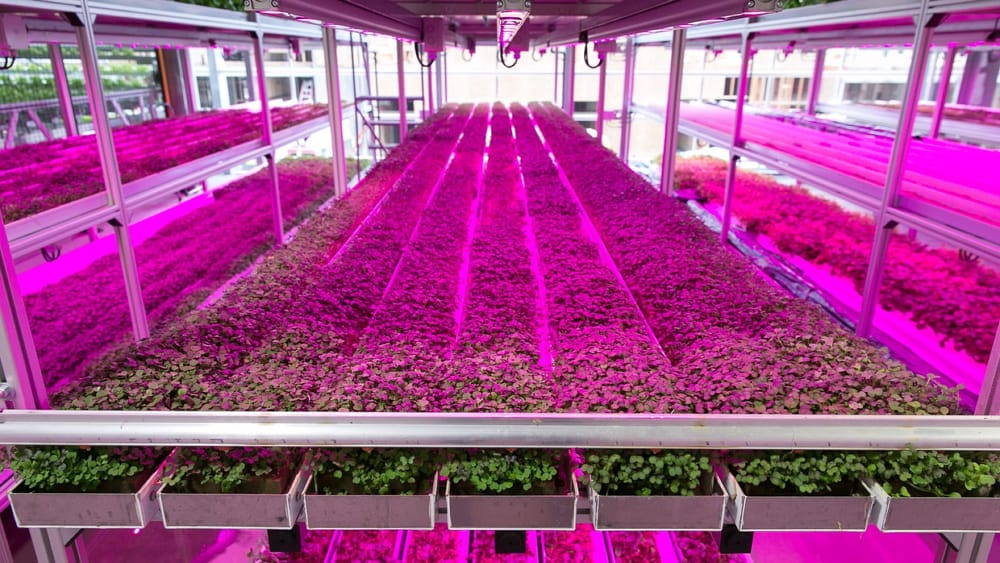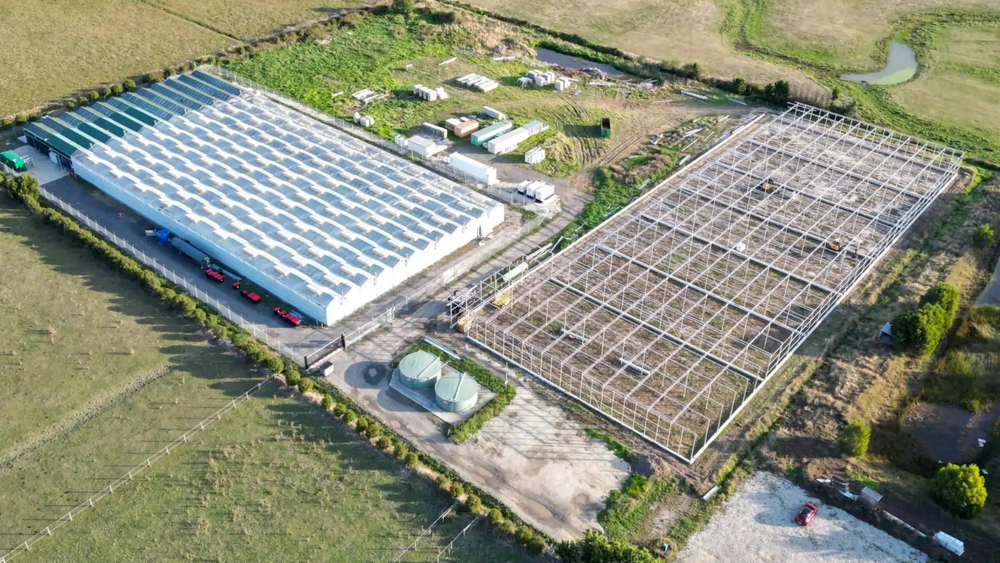This post was originally written for the C45-committee, and was published here.
There is no denying that monthly CTS reporting is challenging. The process continues to be difficult for many licensed cannabis producers (LPs), especially those who rely on spreadsheets or legacy seed-to-sale systems. In fact, many of the cannabis producers we speak to spend a whopping 30% of their time compiling their CTS reports...!
CTS or CTLS (which stands for Cannabis Tracking System) is a report that Canadian cannabis cultivators and manufacturers must submit to Health Canada by the 15th of each month, reconciling all inventory from the previous month, in order to stay compliant. These mandated reports oversee the cannabis supply chain and prevent illegal inversion and diversion into and out of the regulated system.
One of the key drivers behind building Elevated Signals was to create software that would simplify the challenging CTS reporting process (we also manage quality compliance and environmental data, but this post will focus solely on inventory). And we’ve since helped tonnes of LPs of all shapes and sizes speed-up and reduce errors and challenges in their inventory reporting.
In this post we wanted to share some of the insights we’ve gathered along the way. In the hope that it’ll help you with the process.
What are typical CTS reporting challenges & solutions?
- Transcription errors & information loss
- Seed-to-Sale software argues with reality
- Delays between paper record keeping and software
☝️ These are three of the reporting challenges we come across regularly in relation to cannabis inventory.
If you don’t have all of your ducks in a row internally, filling in the CTS workbook can become a complete nightmare.
We’ve spoken to producers who have essentially had thousands of plants go ‘missing’ at the end of the month and have no way of figuring out where they’ve gone. That means long days and nights (and weekends!) trying to figure out what has happened.
Here's more information on each of these reporting challenges and ways to overcome them.
Problem #1: Transcription errors & information loss
More often than not LPs report inventory in the following format: paper notes -> paper notes -> spreadsheets. For example, a propagation activity is logged on paper multiple times a week and then at some point that information is entered into a spreadsheet. The inventory manager is then responsible for reconciling this at the end of the month.
If you are reporting inventory this way, stop right now! There are far too many opportunities for transcription errors and information to get lost. This is the biggest cause of CTS mistakes.
Solution: Get rid of paper.
It’s not the 1950’s. If your organization is still regularly using paper for tracking inventory you are at a material disadvantage. We can’t stress this enough. All inventory should be captured and reported directly into a digital system, at least once a day, for traceability and accountability purposes.
Digital systems means there is far less room for human error in inventory reporting. Guard rails can be set-up to make sure incorrect entries will be flagged or unable to be entered.
For more information on the benefits of a paperless cannabis facility, download our buyers guide.
Problem #2: Seed-to-sale software argues with reality
This was nicely summarized by one of our customers recently:
“We had a room with 200 plants and it [the previous seed-to-sale software] would say we had 174. It wouldn’t allow us to change anything and it was impossible to speak to customer service. It was infuriating.”
If your seed-to-sale is pumping out CSVs with broad numbers and no way of tracing where those numbers have come from, it’s very hard, if not impossible, to verify and fix anomalies and errors.
Solution: Use a seed-to-sale system that has a double entry ledger & give users the ability to correct mistakes
A double entry ledger system is a method of recordkeeping that tracks where inventory comes from and where it goes. Like a bank account, every transaction gets two entries - a debit and a credit to describe whether inventory is being transferred to or from a batch.
With this sort of system in place, each inventory transaction affects two different batches. For example if you do a harvest, the number of plants goes down - while the amount of fresh cannabis goes up.
Legacy seed-to-sale systems don’t have this capability and as a result products easily go missing. Furthermore, if a mistake has been made, legacy seed-to-sale doesn’t let a user correct it. Making CTS difficult.
A good auditing tool that is GMP validated (like Elevated Signals 😊) uses double-entry ledger, and allows you to correct mistakes; all changes and numbers are traceable for accountability.
Read: Choosing the right seed-to-sale software for your business
Problem #3: Delay between paper records & S2S reporting
Many producers combine paper based record keeping with a legacy seed-to-sale system. The problem with this approach is that you can never be 100% sure how much inventory you have to hand at any one time and, as a result you’ll always have a reporting lag.
Solution: Access to real time inventory
Replacing this half digital/half paper system with a fully digital one will give you access to real time inventory levels. This is important, not just for the team responsible for CTS, but the success of the business as a whole.
The importance of team work
One final point: It’s important to ensure that every member of your team (old and especially new) understands the CTS process, exactly what Health Canada is looking for and the consequences of data being captured incorrectly.
Map out workflows that help visualize how information flows through your facility, and where it is stored, so your team can clearly see how their actions influence the wider operation. This will also help with troubleshooting if inventory does get lost along the way.
What are the qualities of a good cannabis inventory tracking process?
- Paperless: ensure you are tracking your cannabis inventory in a digital system that has been specifically built for the cannabis industry.
- Inventory knowledge: Ensure the team responsible for CTS has a good understanding of how inventory moves throughout the cannabis facility.
If any of these problems sound familiar, if you have any questions on CTS, we’re always happy to chat: hello@elevatedsignals.com





